Supply Chain and Logistics Predictions for 2016
Talking Logistics
DECEMBER 16, 2015
And more companies are treating Supply Chain Design as a continuous business process instead of a standalone project or a once-a-year exercise (see Supply Chain Design: Growing Scope, Community, and Collaboration ). Making supply chain and logistics predictions is like throwing darts at a moving target.


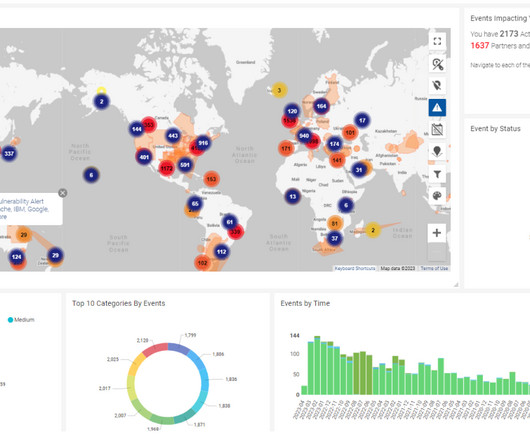
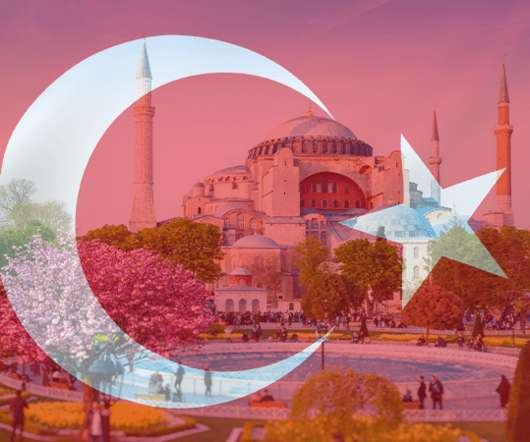




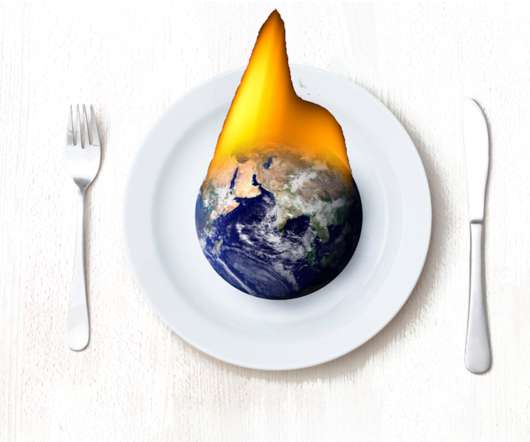

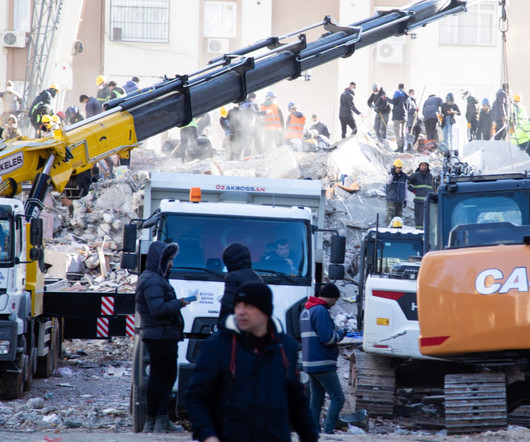
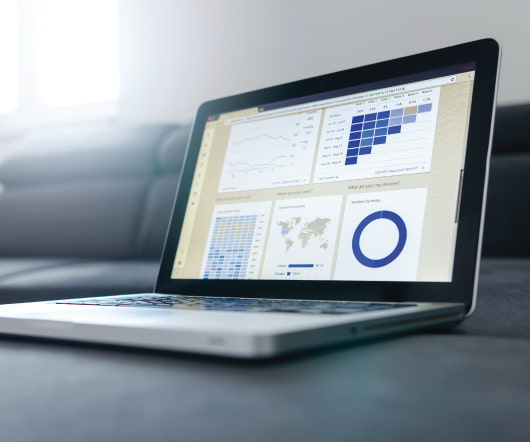


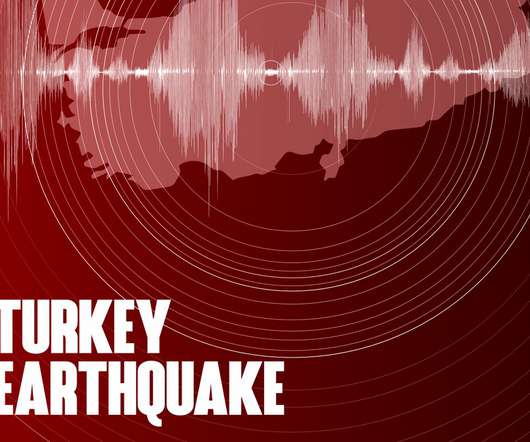










Let's personalize your content